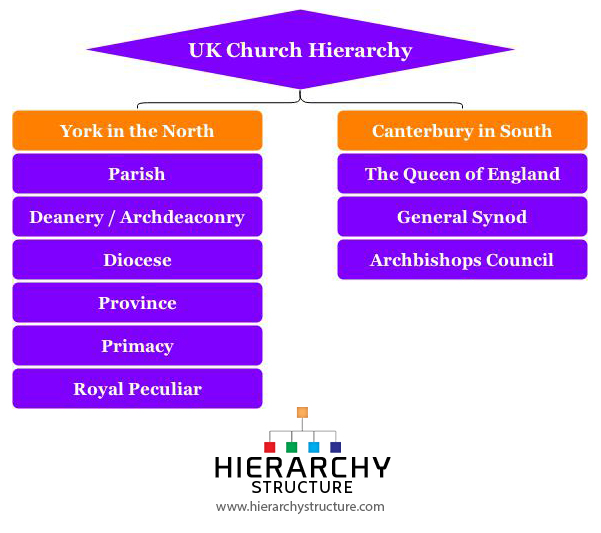The Church of England is divided into two provinces: York in the North and Canterbury in the South, led by an archbishop each. These provinces cover England, the Isles of Sicily, the Isle of Man, the Chanel Islands, a small part of Wales and continental Europe too. These two major provinces are various dioceses and around 41 of them are in England.
The Church of England is governed by the synods and ruled by 108 bishops. The clergy of the diocese meet twice annually in either London or York to discuss the legislation and the General Synod is elected from within the laity.
 Parish
Parish
These dioceses are further divided into parishes and a parish form the main part of the Church of British England. It is the most local level and a parish priest also called a vicar or rector oversees the parish. The Parochial Church Council consists of the parish clergy and the congregation representatives. Along with the bishop they are very involved with all the issues of the community and work toward the benefits of the downtrodden and poor.
Deanery / Archdeaconry
A number of parishes of a particular district form a deanery. Each parish elects a non-ordained representative to the deanery synod. An archdeacon looks after a number of deaneries.
Diocese
A diocese is under the jurisdiction of a diocesan bishop and has a cathedral. These bishops work with lay and ordained representatives known as the synod to run the diocese.
Province
A province is under the jurisdiction of the archbishop. Several dioceses make up a province and decision making here is the responsibility of the General Synod.
Primacy
Apart from his specific authority within the province, the archbishop is also called the Primate of England, which empowers him in the entire country.
Royal Peculiar
They are outside the boundaries of Episcopal Church jurisdiction and are more associated with the Royals and very few of them are within the law.
The rectors and the vicars are appointed by the patrons who range from privates to corporate or colleges or trusts. The most senior bishop is the Archbishop of Canterbury followed by the Archbishop of York
The Queen of England
She is the Supreme Governor of the Church of England and forms an ulterior relationship with the Church of Scotland too, supposedly a free church. In the Church of England, the Queen appoints the archbishops, the bishops and the deans of course in consultation with the Prime Minister. In the House of Lords (Parliament), there are two archbishops and 24 senior bishops thus forming an important faction of the Parliament.
General Synod
The Convocation of Canterbury and York together with the House of Bishops, Houses of Clergy and a House of Laity form this Synod. They meet in London (February) and in York (July) to approve of the legislation that will affect the Church on the whole, including the annual budget.
Archbishops Council
To foster strategic thinking and planning n 1999, an Archbishop’s Council was formed to promote the Church of England. According to the Council, all consultations were made with the House of Bishops and prioritised the financial needs too.
Comprising of 19 members and 7 directors the main intention is to direct the church nationally and get maximum local support.
